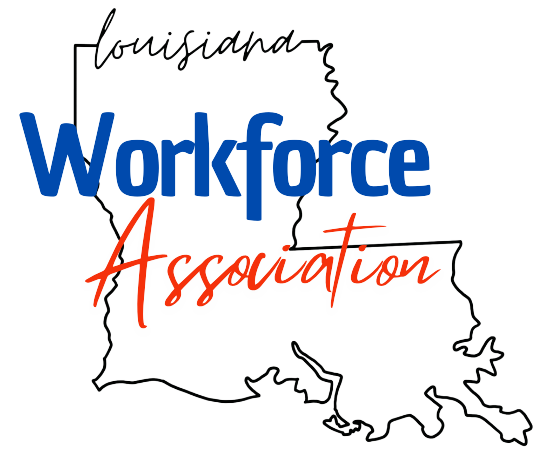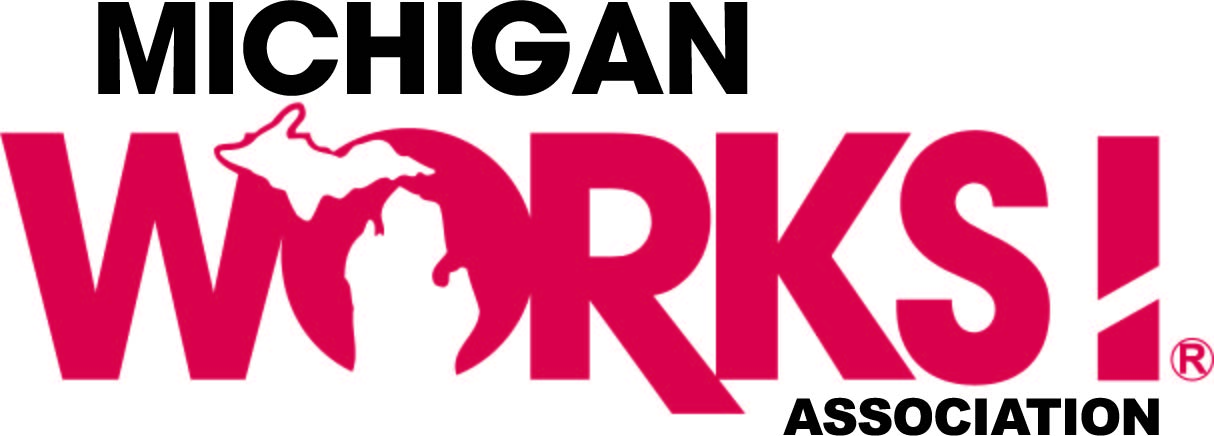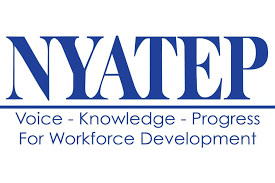United States Workforce Associations
United States Workforce Associations empowers local workforce leaders through advocacy, innovation, and collaboration to build a skilled, competitive workforce nationwide.

United States Workforce Associations’ Guiding Principles
The USWA exists to facilitate collaboration across its members to strengthen the public workforce development system and successful outcomes for employers, workers, youth, jobseekers, and communities. Prioritizing its ability to be nimble and responsive to legislative, administrative, and technical demands, the USWA is guided by the following principles.
United States Workforce Associations’ Members
Members of USWA include state associations or regional organizations that represent local workforce development boards, and system partners involved in federal workforce programming. Members may be fully staffed and incorporated organizations as well volunteer-based entities.
Support Workforce Development through WIOA
Workforce development is the backbone of a thriving economy, enabling businesses to hire, train, and retain the talent they need to succeed. Yet, Congress isn’t hearing enough from businesses about how the Workforce Innovation and Opportunity Act (WIOA) impacts your ability to grow and compete.
As a business leader, your perspective is vital. WIOA provides essential funding and services that help connect employers with skilled workers, support training programs, and address labor shortages. However, to ensure these programs truly meet the needs of businesses, we must advocate for reforms that make the system more flexible, responsive, and impactful.
Now is the time to speak up. By voicing your support for WIOA reauthorization and improvements, you can help shape policies that strengthen workforce pipelines, improve training opportunities, and create a sustainable talent pool for the future.






















